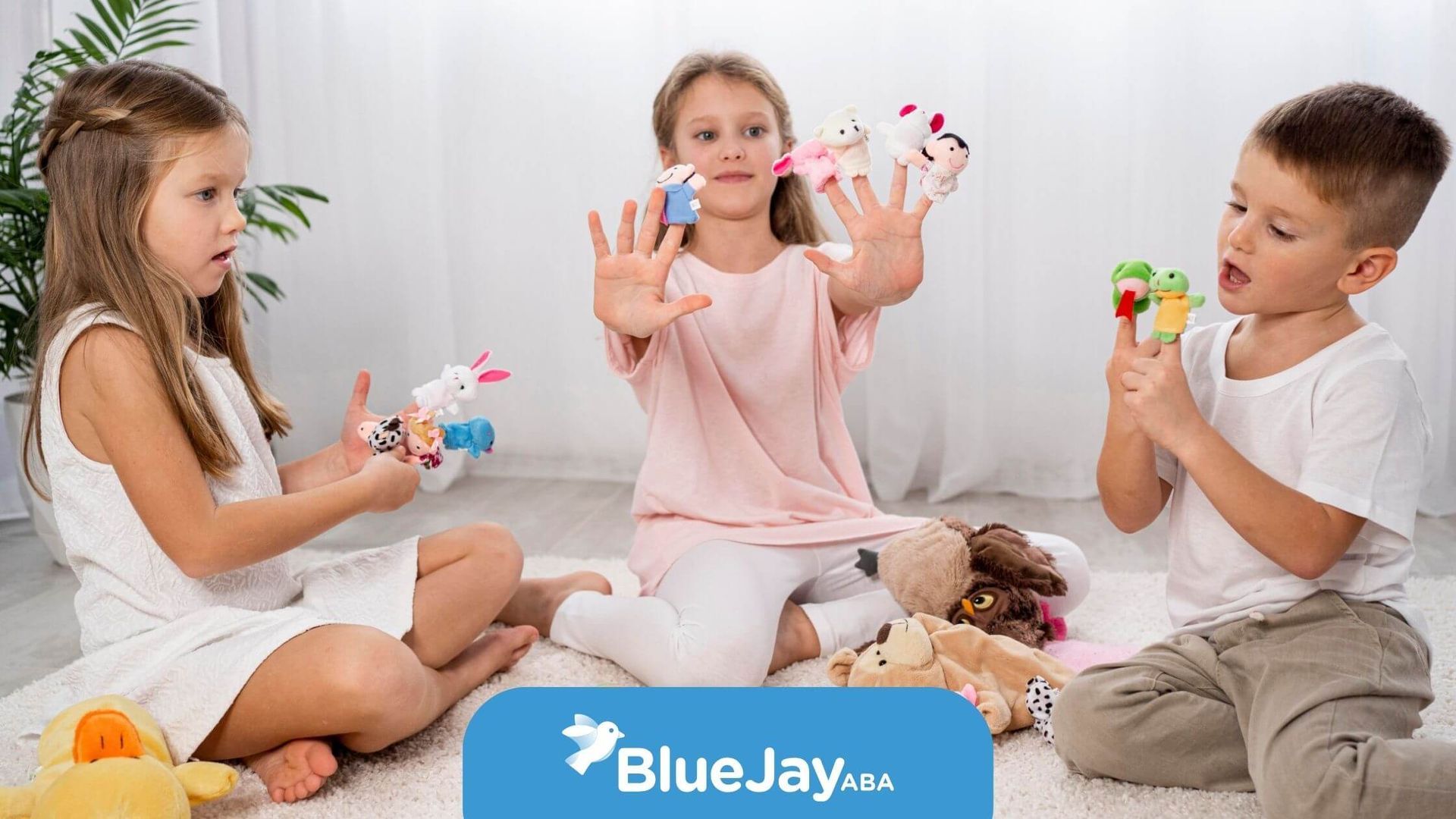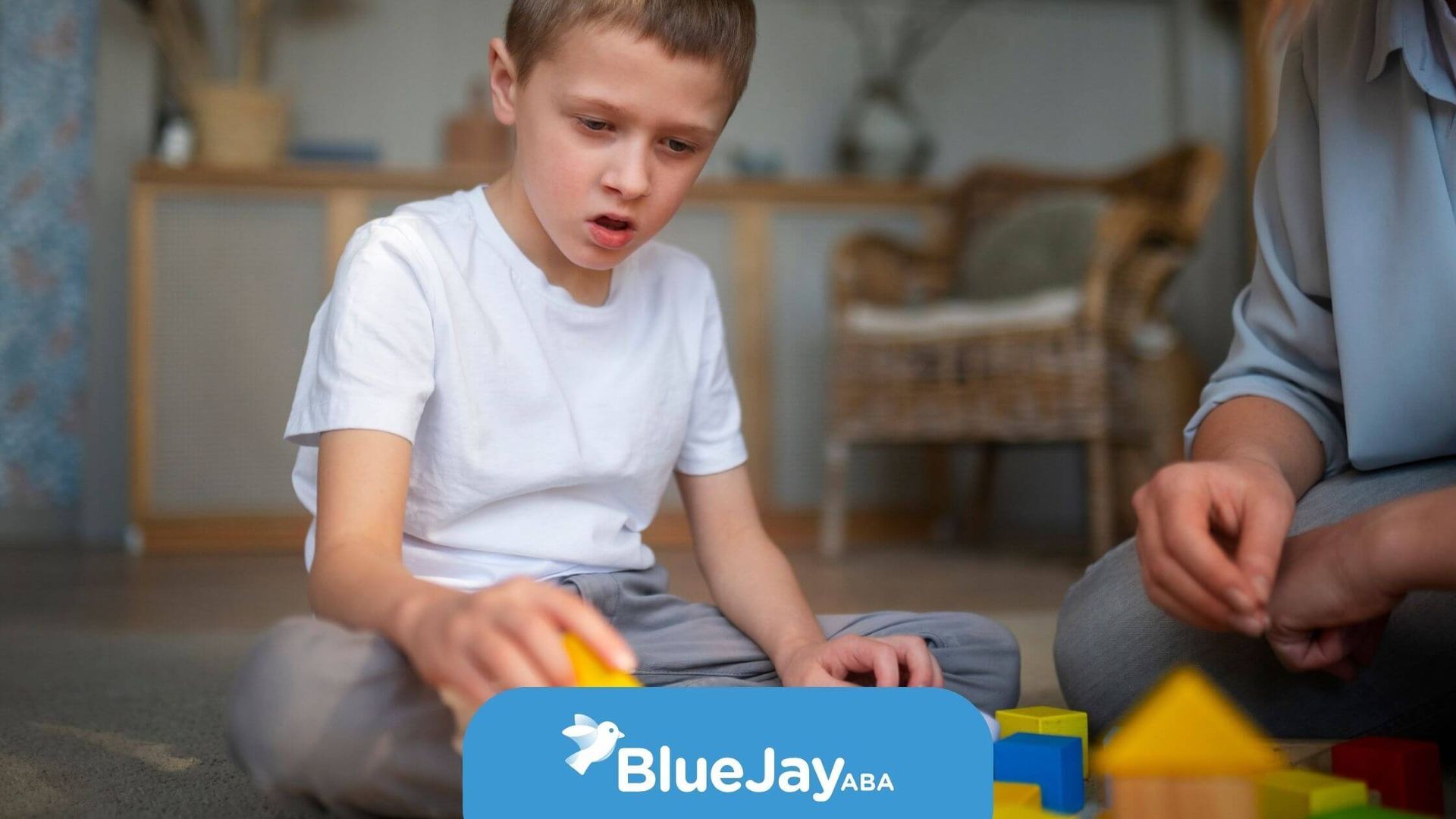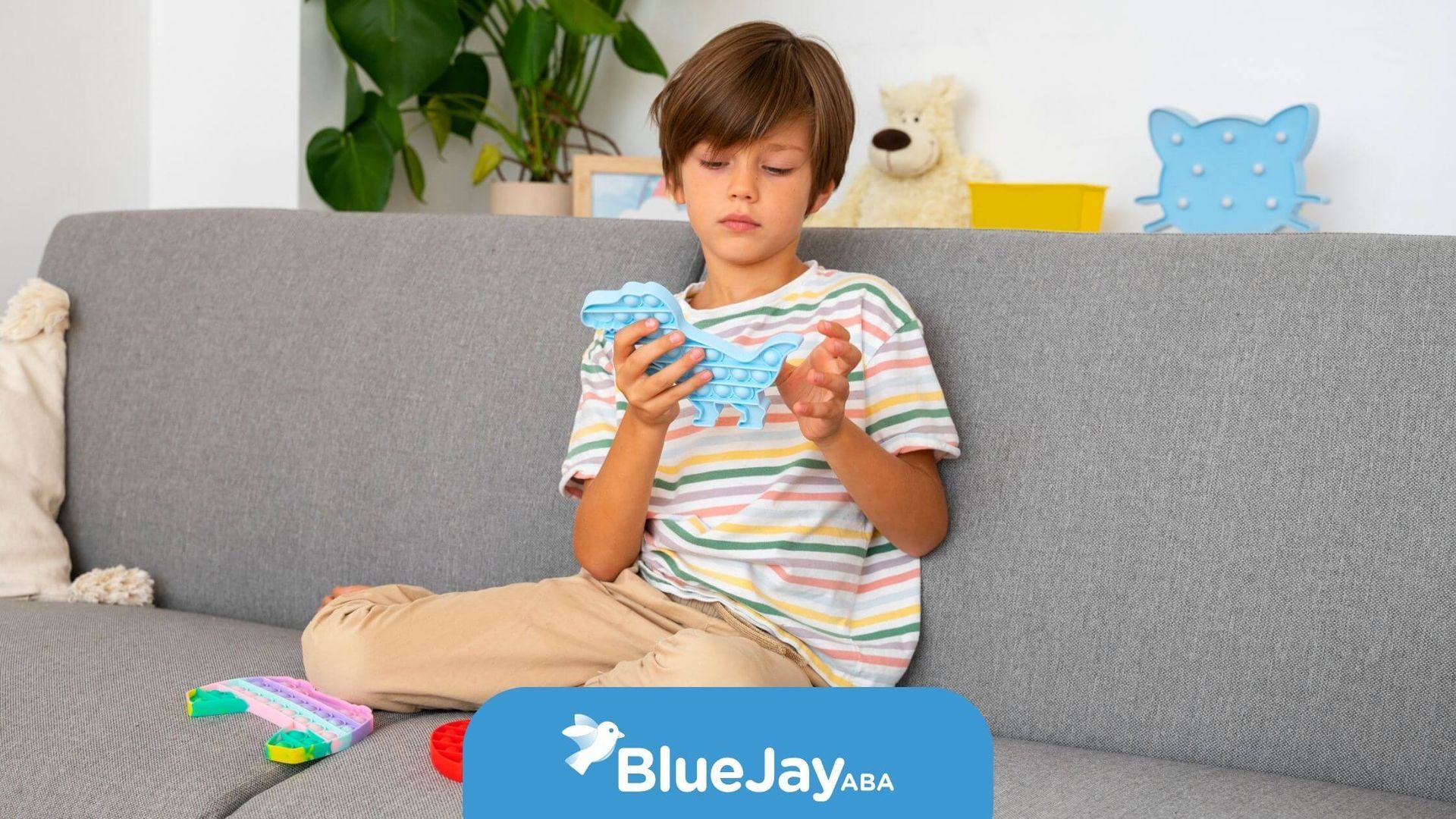Little Changes, Big Impact: ABA strategies for everyday learning
Every child deserves to be seen, heard, and supported—especially when learning feels a little harder. At Blue Jay ABA, we believe in meeting each child where they are and guiding them forward with care, patience, and proven strategies. Applied Behavior Analysis (ABA) gives us a toolbox of techniques that truly work—and empowers caregivers to be part of the process.
Let’s explore some of the most effective ABA techniques and how you, as a caregiver, can use them to create small but meaningful wins at home.
The Heart of ABA: Simple Tools That Make a Big Difference
Positive Reinforcement
When your child does something great—no matter how small—let them know! A smile, a “Great job!”, a sticker, or a favorite snack can go a long way. Positive reinforcement, a cornerstone technique, cultivates good behavior by rewarding desired actions. Positive reinforcement helps children feel successful and want to keep trying.
Discrete Trial Training (DTT)
Some tasks are tough when taken all at once. Discrete Trial Training (DTT) breaks them into small, clear steps and teaches each one through repetition and encouragement. It’s structured, gentle, and very effective.
Task Analysis
Think of brushing teeth or putting on a coat—these routines involve many steps. Task analysis teaches one step at a time, helping your child feel capable and less overwhelmed.
Functional Communication Training (FCT)
Whether your child speaks, uses pictures, or gestures, FCT gives them tools to express their needs clearly—reducing meltdowns and building connection.
Pivotal Response Training (PRT)
Pivotal Response Training (PRT) focuses on motivation and independence. It encourages your child to take the lead and builds skills that carry over into all areas of life.
Natural Environment Teaching (NET)
Real-life moments are full of learning opportunities. Whether you’re playing, having lunch, or walking to the park—NET uses these natural moments to teach and reinforce new skills in a meaningful way.
Video Modeling
Kids love watching videos—and they can learn from them, too! By watching someone else model a skill, children often feel more confident trying it themselves.
Differential Reinforcement
This technique gently shifts focus away from negative behaviors by rewarding more positive ones. Over time, your child learns what behaviors bring connection and success.
Picture Exchange Communication System (PECS)
For nonverbal children, the Picture Exchange Communication System (PECS) offers a clear way to communicate through pictures. It’s empowering—and often the first step to more expressive communication.
Social Stories
Social situations can be confusing. Social stories help by showing what to expect and how to respond. They’re short, calming, and easy to use at home or on the go.
Bringing ABA into Everyday Life
You don’t need to be a therapist to make a difference. With the right support and a little guidance, parents can help their children thrive through consistency, patience, and love.
Create a Supportive Space
A calm, organized area with few distractions can make learning easier. Use visual cues and small rewards to help your child stay focused and feel successful.
Keep a Routine
Predictable routines help children feel safe. They make transitions smoother and reduce anxiety around “what’s coming next.”
Team Up With Your Therapist
Your insights matter. Share what’s working (and what’s not) so your ABA team can adjust the plan to fit your child’s real needs.
Celebrate Progress, Even the Small Stuff
Every step forward counts. Keep track of what your child is learning—and don’t forget to celebrate the tiny victories. They add up.
You’re Not Alone on This Journey
ABA isn’t about changing your child—it’s about helping them shine. With the right strategies and a team that truly cares, your child can learn new skills, communicate more clearly, and gain confidence in who they are.
At Blue Jay ABA, we tailor therapy to your child’s unique needs and support you every step of the way. Let’s partner together—because your child’s progress starts with love, and grows with guidance.
Ready to get started? Contact us today. We’re here to help your child thrive.
Frequently Asked Questions
How can ABA therapy help my child?
ABA teaches important life skills—like communication, self-regulation, and social interaction—through proven methods that build confidence and reduce frustration.
Can I use these techniques at home?
Yes! Many ABA strategies are easy to use in your daily routines. Your therapist will guide you on how to apply them with care and consistency.
How often should my child attend ABA sessions?
It depends on their individual goals. Many children benefit from consistent therapy several times a week. Your ABA provider will recommend a plan that fits your family’s needs.
Sources:
- https://www.behavior-analysis.org/
- https://www.simplypsychology.org/positive-reinforcement.html
- https://pubmed.ncbi.nlm.nih.gov/30743039/
- https://www.autismspeaks.org/expert-opinion/what-discrete-trial-training
- https://www.autismspeaks.org/pivotal-response-treatment-prt
- https://nationalautismresources.com/the-picture-exchange-communication-system-pecs/
Related Posts






